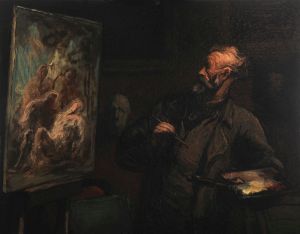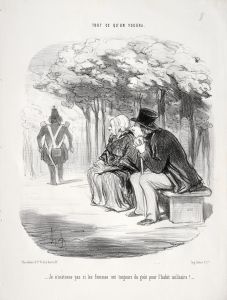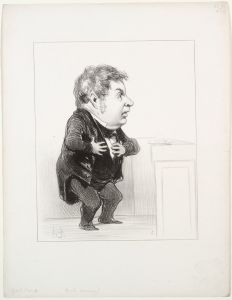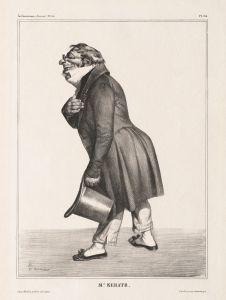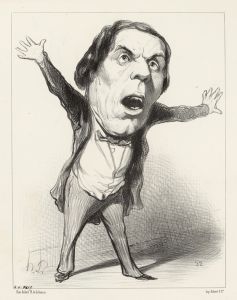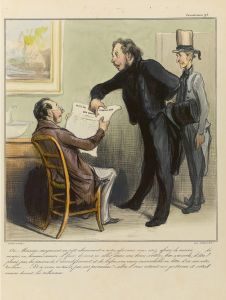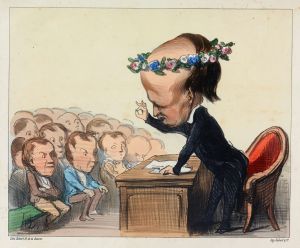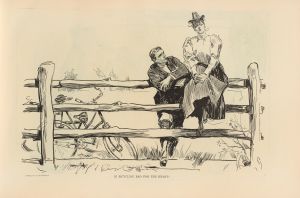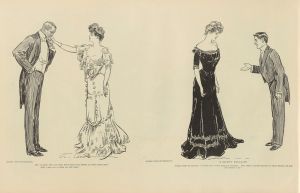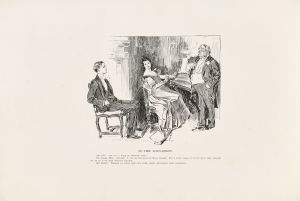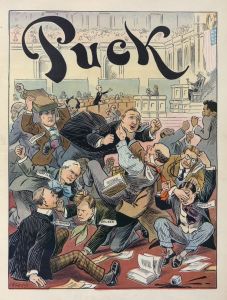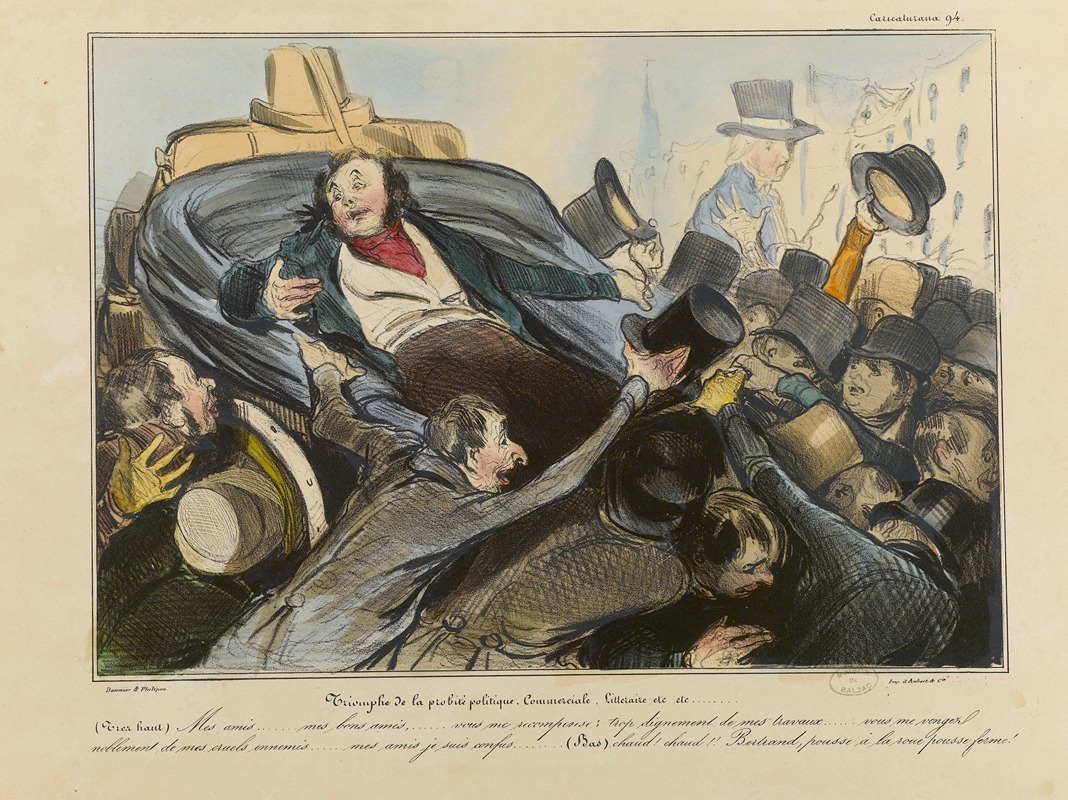
Triomphe de la probité politique, commerciale, littéraire etc etc
A hand-painted replica of Honoré Daumier’s masterpiece Triomphe de la probité politique, commerciale, littéraire etc etc, meticulously crafted by professional artists to capture the true essence of the original. Each piece is created with museum-quality canvas and rare mineral pigments, carefully painted by experienced artists with delicate brushstrokes and rich, layered colors to perfectly recreate the texture of the original artwork. Unlike machine-printed reproductions, this hand-painted version brings the painting to life, infused with the artist’s emotions and skill in every stroke. Whether for personal collection or home decoration, it instantly elevates the artistic atmosphere of any space.
Honoré Daumier was a prominent French artist known for his satirical works, particularly in the form of lithographs and caricatures. One of his notable works is "Triomphe de la probité politique, commerciale, littéraire etc etc," which translates to "Triumph of Political, Commercial, Literary Probity, etc., etc." This piece is a lithograph, a medium Daumier frequently employed to critique and comment on the social and political issues of his time.
Daumier's work often focused on the hypocrisy and corruption he perceived in various sectors of society, including politics, commerce, and the arts. "Triomphe de la probité politique, commerciale, littéraire etc etc" is consistent with this theme, as it uses satire to highlight the discrepancies between the public personas and the private actions of individuals in positions of power and influence. The lithograph is part of Daumier's broader oeuvre, which includes thousands of works that explore similar themes.
The lithograph likely features exaggerated characters and scenes that are typical of Daumier's style, using humor and irony to convey his message. His ability to capture the essence of his subjects with minimal lines and expressive features made his work both accessible and impactful. Daumier's art was published in various newspapers and journals, reaching a wide audience and contributing to public discourse.
Daumier's career spanned a period of significant political and social change in France, including the July Monarchy, the 1848 Revolution, and the establishment of the Second Empire. His work often reflected the tensions and upheavals of these times, providing a critical lens through which the public could view the actions of their leaders and the state of their society.
"Triomphe de la probité politique, commerciale, littéraire etc etc" fits within this context as a piece that challenges the viewer to question the integrity of those in power. Daumier's work was not without controversy; his sharp critiques sometimes led to legal challenges and censorship. However, his ability to capture the zeitgeist of his era has cemented his place as a significant figure in the history of art and satire.
While specific details about the composition and reception of "Triomphe de la probité politique, commerciale, littéraire etc etc" may not be extensively documented, it remains an example of Daumier's skill in using art as a tool for social commentary. His legacy continues to influence artists and satirists today, demonstrating the enduring power of visual media to provoke thought and inspire change.






